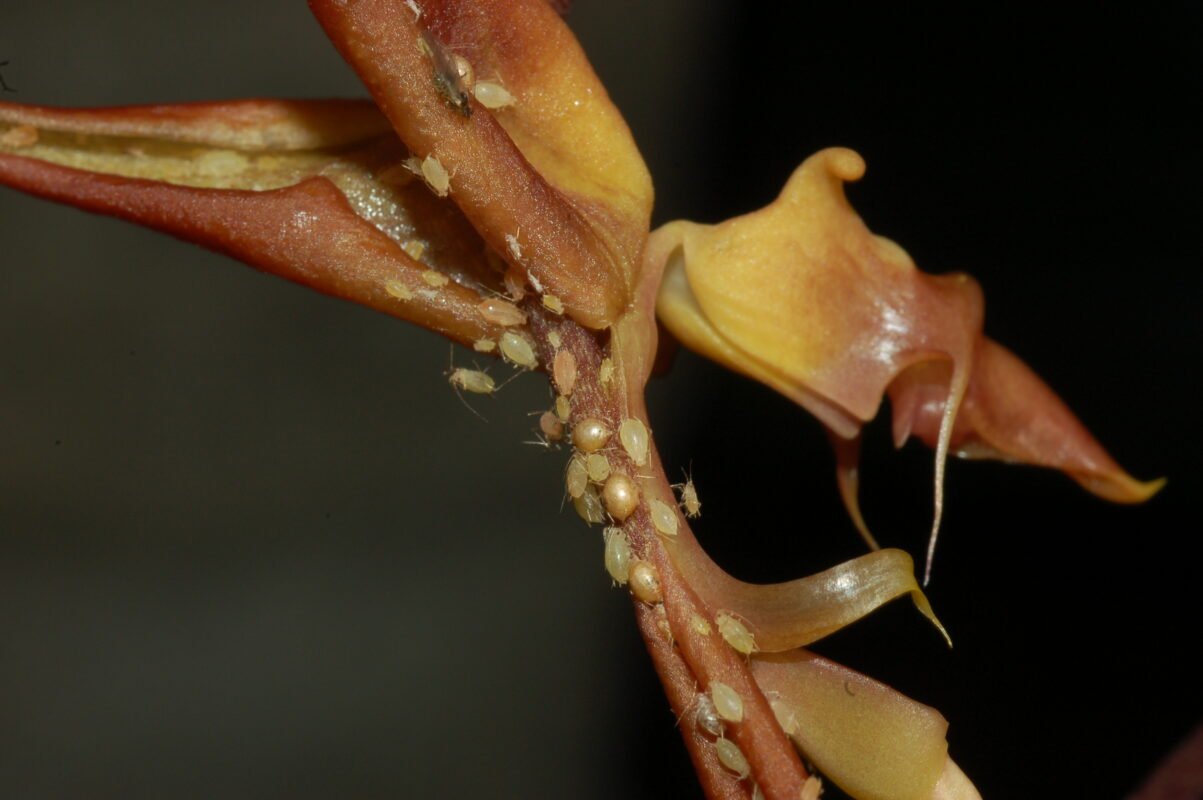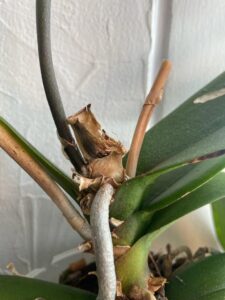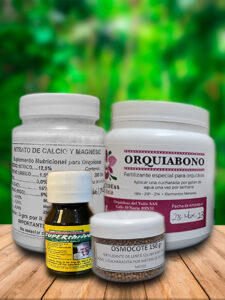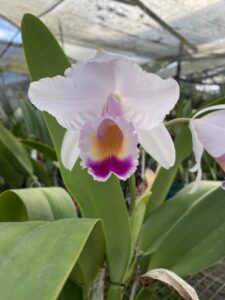Some of the bugs you may find living on your plants are aphids, also known as plant lice. These are small sucking insects belonging to the family Aphididae. They are known for their rapid reproduction and ability to damage plants. Aphids feed on the sap of orchids, which can weaken them and cause deformities in leaves, stems, and flowers. They typically measure between 1 to 4 mm, they have soft bodies and various colors (green, yellow, brown, and black). They have long, slender antennae and two tubes on their rear called siphons, which they use to secrete sugary substances known as honeydew. This honeydew can attract ants and lead to the growth of fungi, affecting the health and appearance of your orchid.

Aphids reproduce through parthenogenesis, meaning asexual reproduction. An adult female can produce many eggs without the need for a male. This means that the offspring are clones of the mother and can mature and reproduce rapidly.
Why do my plants get infected even though they’re indoors?
Aphids can infest indoor plants, like the ones you have in your home, due to several reasons:
- Lack of ventilation: Indoor plants often reside in enclosed environments with poor ventilation and high humidity, which is an ideal environment for aphids.
- Excessive fertilization: Excess nutrients, especially nitrogen, can lead to an abundance of sap, which is the preferred food of aphids.
- Lack of biological control: Outdoors, aphids have natural predators such as ladybugs, wasps, and other insects that help keep their population in check. However, these predators are usually absent indoors, allowing aphids to multiply unchecked.
- Transmission from infested plants: If an infested plant is introduced into your apartment, aphids can migrate to nearby plants.
- Stress conditions in plants: Stressed plants, such as those that are too dry, too wet, or lacking proper lighting and temperature, are more susceptible to infestations.
How do aphids get to my plants?
Aphids can reach your indoor plants in various ways. Some of the most common ways are:
- Airborne transportation: Aphids can be carried through the air, especially in warm and dry climates, using air currents or updrafts. They can travel from infested plants outside to the plants in your home through open windows, doors, or even ventilation systems.
- Infested plant purchases: You might have bought or received plants that unknowingly came infested with aphids. Aphids can hide on leaves, stems, or roots of plants and can enter your home unnoticed.
- Clothing or pets: Aphids can attach to your clothing or your pets’ fur while you’re outside and then jump onto your plants when you come indoors.
How can I prevent this?
It’s important to note that aphids are very small insects that can reproduce quickly, making it easy for them to infect many plants in your home. I recommend that you inspect your plants for health and insects when watering or fertilizing them. You can also take preventive measures:
- Increase ventilation: Open windows or use a fan to improve air circulation around your plants.
- Clean your plants: Use a gentle stream of water or a damp cloth to clean your plant’s leaves. You can use a bit of alcohol if they are already infected, but only once.
- Adjust fertilization: Avoid over-fertilization, especially with nitrogen, to reduce aphid attraction.
- Isolate infested plants: If one plant is infested, isolate it from others to prevent further spread.
How can I get rid of them?
If you already have an aphid infestation, it’s important to act quickly. We recommend using the insecticide Mitipyr. It comes in the form of a concentrated white liquid that you should dilute in water (1 ml per 1 liter) and apply to your entire plant (from leaves to substrate) using a spray.
Mitipyr acts as a neurotoxin in insects, affecting their central nervous system and causing paralysis and death. It’s absorbed through the leaves or roots of plants and distributed throughout the plant, making it effective in controlling insects that are in parts of the plant like those in the soil and feeding on the roots.
You can purchase the pesticide on our website or in our stores in Cali and Ginebra. If you have any questions, you can visit our stores, where our staff can provide more suggestions. Additionally, we have all the necessary accessories for your orchid cultivation, from pesticides to Orquimedio (substrate), decorative bases, Orquiabono, planters, Orquitutor, and many other things.





